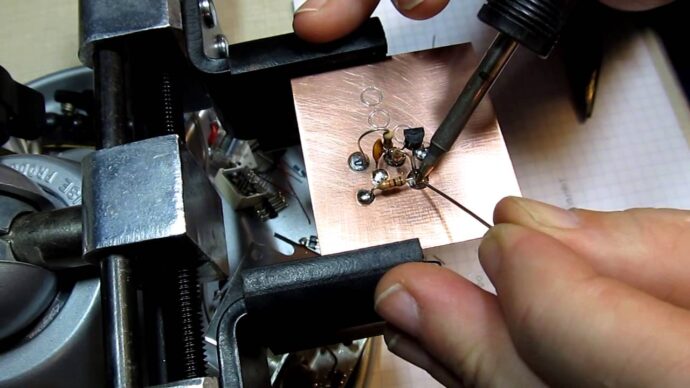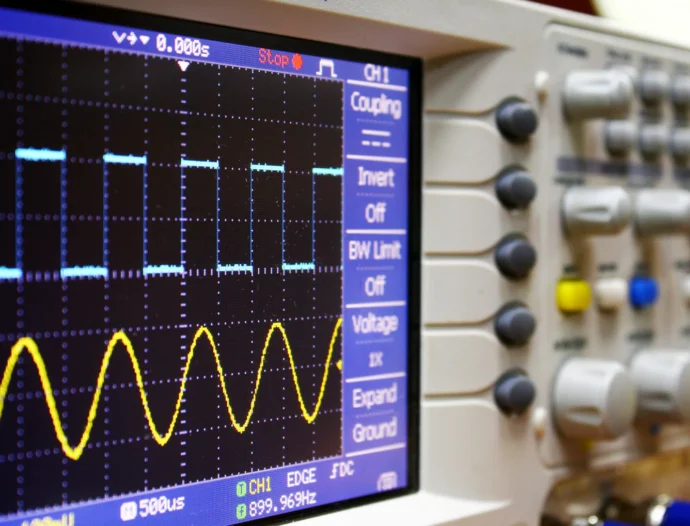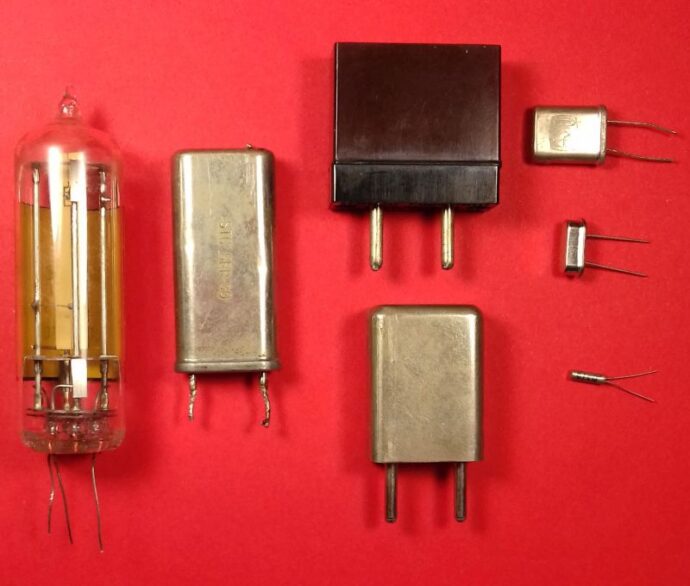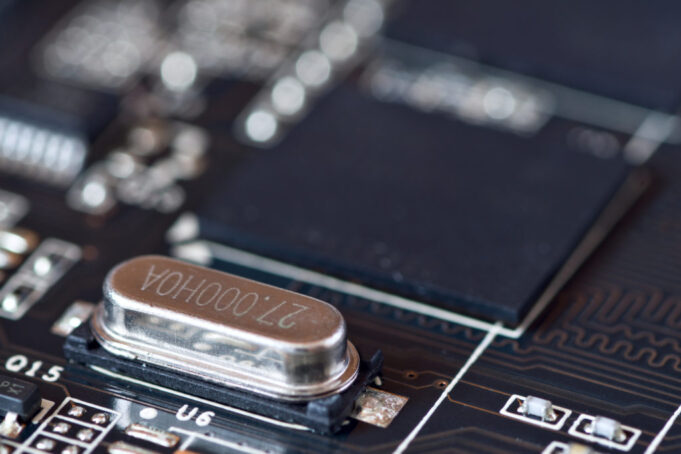For those who work in any facet of the engineering industry, you already know the importance of active and passive components. Active components rely on electricity from an external power source to perform their intended function. Passive components, on the other hand, store, dissipate, or release power.
Two main components that are used frequently in today’s modern applications are crystals (aka quartz oscillators) and oscillators. Let’s get to know what each product does, what makes them distinct, and the types of applications they are most commonly used for.
What is a Crystal?
Crystal oscillators are referred to as crystals among industry professionals. They are a form of electronic oscillator circuit that uses a piezoelectric crystal. The crystal itself is a frequency-selective element, which means that it is a repetitive surface that will either absorb, transmit, or reflect electromagnetic fields. Crystals achieve what’s known as the inverse piezoelectric effect, which enables them to convert electricity into mechanical energy. The low cost of crystals combined with their high stability and quality have made them the preferred choice when compared to ceramic resonators. Crystals also have a very high-quality factor (Q-factor) and exhibit minimal phase noise.
What Types of Applications Are Crystals Used For?

Crystals are one of the most popular and versatile components in engineering because of their accuracy when it comes to keeping time. The most common applications they’re used for include:
- Microcontrollers
- Microprocessors
- GPS
- Computers and modems
- Timers and clocks
- Smartphones
- Radios
- Video games
- Video cameras
- Telecommunications equipment
- Marine systems equipment
- Medical equipment
- Phase-locked loop systems
- TVs
What Is an Oscillator?
An oscillator can either be an electronic or mechanical device that utilizes periodic fluctuation to deliver a continuous waveform that is repeated and alternates. It’s important to note that they require no input for them to function. Any unidirectional current flow for a DC source is converted to an alternating waveform.
They come in a variety of different types and are differentiated based upon the shape of their output waveform and feedback mechanism. They include:
- Negative feedback
- Positive feedback
- Sweep
- Square wave
- Rectangular wave
- Sine wave
- Radio-frequency
- Audio
- Low-frequency
- High-frequency
- Very high-frequency
- Ultra high-frequency
- LC
- RC
- Fixed frequency
- Tunable frequency oscillators
What Types of Applications Are Oscillators Used For?

Since oscillators are so easy to manufacture and inexpensive to get, they wind up being one of the most used components in several different applications that require a specific frequency. Oscillators are used in the following applications:
- Decorative lighting solutions
- Metal detectors
- Stun guns
- Alarms
- Buzzers
- Microprocessors
- Microcontrollers
- Computers
- Radios
- TVs
- AV systems
- Telecommunications devices
What Are the Main Differences Between Crystals and Oscillators?
There are a few distinguishing factors that separate crystals and oscillators. The first is that crystals are resonating passive devices whereas oscillators are active devices. Instead of using a quartz crystal, oscillators may also use silicon MEMS technology.
Another characteristic that plays a factor when deciding on which component to use is the cost of production. If the quantity demand is high, it’s more advantageous to go with crystals from a cost-savings perspective. For applications where the quantities are low, using an oscillator holds the cost-savings advantage.
One other big advantage of using MEMS oscillators when compared to crystals is that they typically don’t encounter startup issues. This is because they combine the oscillator IC and the resonator into one package, which greatly mitigates any potential matching errors. Factors such as pairing consideration, oscillator negative resistance, drive level, resonant mode, and crystal motional impedance won’t be an issue from a design perspective.
Another difference between the two components is that MEMS oscillators use a programmable architecture, which makes them a “plug-and-play” solution in terms of voltage, stability, and frequency.
Finding the Right Active and Passive Components Near You

For those considering crystals, oscillators, or other types of components for their application, the good news is that they shouldn’t be difficult to locate. You can kick off your search by Googling phrases such as “oscillators near me” or “quartz crystal oscillators for sale.”
The challenge is finding a company that makes high quality components at a competitive price. Since most applications consist of making bulk orders, you’ll want to test out the components first before making a commitment to a large purchase.
You can typically arrange for a sales associate to send you some test components to try out to see how they integrate into your application. Your sales associate should also be able to help you choose the right component for your application if you’re not sure. Whatever the case may be, always be mindful of the pros and cons of using crystals vs. oscillators.
The Cost
When it comes to cost, crystals can be more expensive than oscillators, particularly if you require a high-precision or high-stability one. The cost of them is determined by several factors such as the frequency, stability, and tolerance of the crystal. High-frequency ones, for example, tend to be more expensive than low-frequency crystals. Similarly, ones with a higher stability or tolerance level will also be more expensive.
However, the cost of them has been decreasing in recent years due to the introduction of new technologies and the increased use of them in consumer electronics. The use of surface acoustic wave (SAW) and temperature-compensated crystal oscillators (TCXOs) has also helped to reduce the cost of them. SAW ones are less expensive than traditional quartz crystals, and TCXOs use a temperature-compensating circuit to improve the stability of the crystal, which can also reduce the overall cost.

Conclusion
In conclusion, understanding the properties and applications of them is essential for making informed decisions in the world of electronics. While they are ideal for applications that require precise and stable frequency references, oscillators are better suited for applications that require a versatile and flexible signal generator. In some cases, a combination of the two may be the best solution. It is important to evaluate your specific requirements and consult with experts before making the decision on which one to use.















